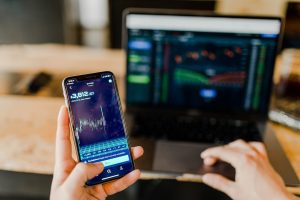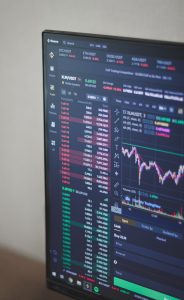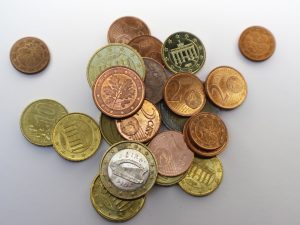The foreign exchange (forex) market is the largest financial market in the world, with an average daily trading volume of $5.3 trillion. Big banks are one of the major players in the forex market, accounting for a significant portion of trading volume. In this article, we will explore how big banks trade forex.
To start with, big banks have access to a wide range of forex trading platforms, including their own proprietary trading systems, as well as third-party platforms such as Bloomberg, Reuters, and EBS. These platforms provide real-time quotes and allow traders to execute trades quickly and efficiently.
Big banks also have teams of experienced traders who specialize in forex trading. These traders use a variety of trading strategies, including technical analysis, fundamental analysis, and quantitative analysis, to identify trading opportunities and execute trades.
One of the most common trading strategies used by big banks is carry trading. Carry trading involves borrowing in a currency with a low interest rate and investing in a currency with a higher interest rate. The goal is to profit from the interest rate differential between the two currencies. For example, if a bank borrows in Japanese yen (which typically has a low interest rate) and invests in Australian dollars (which typically has a higher interest rate), the bank can earn a profit from the interest rate differential.
Another popular trading strategy used by big banks is trend following. This involves identifying trends in the forex market and trading in the direction of the trend. Traders use technical indicators such as moving averages, momentum indicators, and trend lines to identify trends and make trading decisions.
Fundamental analysis is also an important part of forex trading for big banks. This involves analyzing economic data, such as GDP, inflation, and interest rates, to determine the overall health of a country’s economy and the likely direction of its currency. For example, if a country’s GDP is growing at a healthy rate, its currency is likely to appreciate.
Quantitative analysis is another tool used by big banks in forex trading. This involves using mathematical models and algorithms to analyze data and identify trading opportunities. For example, a bank may use a statistical model to identify patterns in currency movements and make trading decisions based on those patterns.
In addition to these trading strategies, big banks also use a variety of risk management techniques to protect their capital and minimize losses. These include stop-loss orders, which automatically close out a trade if the market moves against the trader, and limit orders, which allow traders to enter or exit a trade at a predetermined price.
Big banks also use hedging strategies to manage risk. Hedging involves taking a position in the forex market that offsets an existing position. For example, if a bank has a large exposure to the Australian dollar, it may hedge its position by taking a short position in the currency to minimize its risk.
In conclusion, big banks are major players in the forex market, using a variety of trading strategies and risk management techniques to profit from currency movements. Traders at big banks use a combination of technical, fundamental, and quantitative analysis to identify trading opportunities and execute trades quickly and efficiently. While forex trading can be risky, big banks use risk management techniques such as stop-loss orders and hedging to protect their capital and minimize losses.






